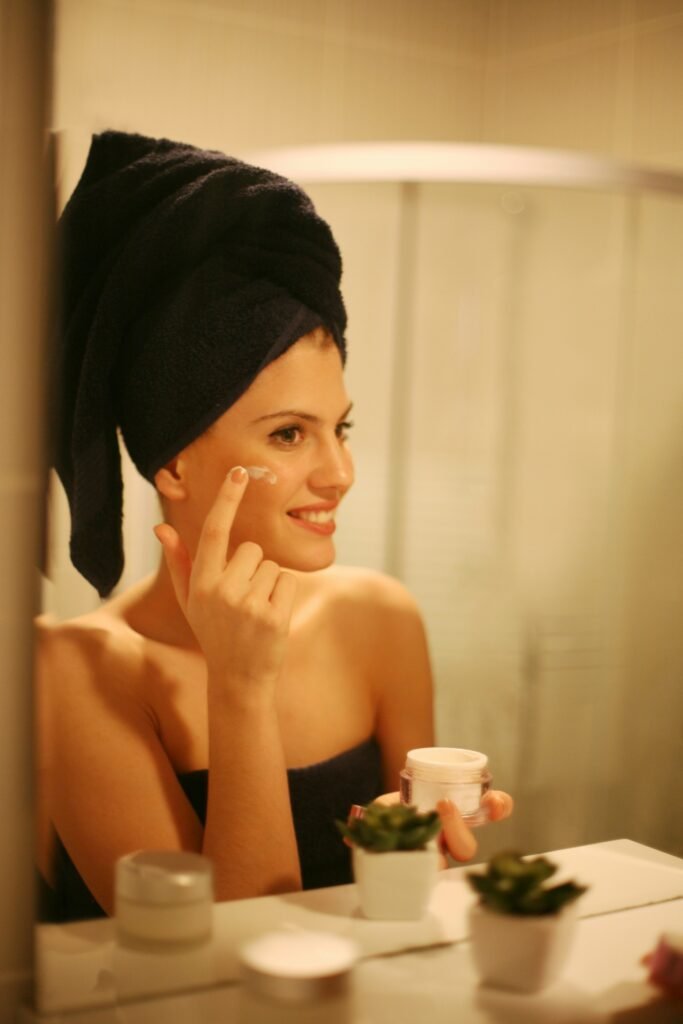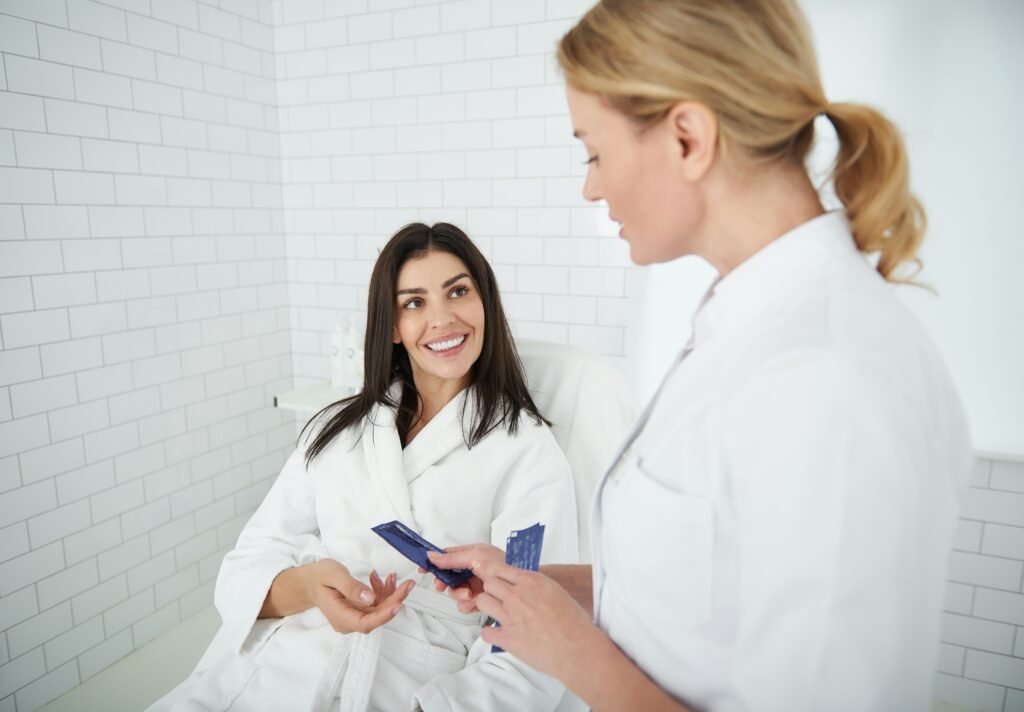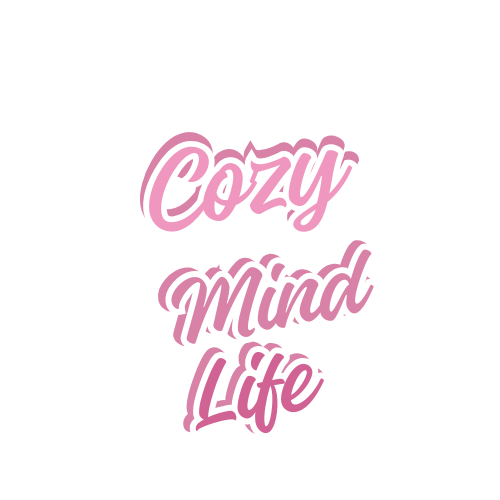Non-Toxic Beauty Tips I Wish I Knew Sooner
The Beauty Wake-Up Call
When I first got into beauty, I was totally swept up by the glossy ads and magazine spreads. If a product promised glowing skin or perfect hair, I bought it—no questions asked. My bathroom shelves were full of “miracle” creams and sprays with names I couldn’t pronounce. If it smelled nice and looked fancy, I was convinced it was good for me.
But in my early thirties, things shifted. Out of nowhere, I started dealing with weird skin irritation and even regular headaches. At first, I blamed stress. Then I started looking closer at the products I was using every single day—and what I found shocked me. My morning routine alone had me exposed to dozens, if not hundreds, of chemicals before breakfast.
The realization hit hard. I was someone who carefully checked food labels at the grocery store, yet I was smearing questionable ingredients all over my skin without a second thought. The double standard didn’t make sense anymore.
So, I started digging. I researched ingredients, talked with dermatologists, tested products labeled as “clean,” and slowly changed my routine. The difference was huge—not just in how my skin looked, but in how I felt. My headaches eased up, my hormonal breakouts calmed, and I felt like I was finally taking real care of myself.
Looking back, I wish I had known all this sooner. That’s why I’m sharing the non-toxic beauty tips I wish someone had given me years ago—practical, straightforward things you can start today, no chemistry degree required.

What’s Really Behind the Beauty Counter
“Non-toxic beauty” isn’t just a trendy term—it’s about rethinking how we care for ourselves. Most people don’t realize how loosely regulated the beauty industry actually is. For example, the EU bans over 1,300 ingredients in cosmetics. In the U.S.? Just 11. That gap leaves a lot of room for harmful chemicals to sneak into everyday products.
Switching to safer beauty doesn’t happen overnight. It took me nearly two years to swap things out little by little. I also learned quickly that “natural” or “organic” labels don’t always mean safer—those terms aren’t regulated, and brands use them mostly for marketing.
The game-changer was learning how to actually read ingredient labels instead of trusting whatever was printed on the front. That’s when I realized there are plenty of high-performing non-toxic products out there—sunscreens that don’t leave you looking chalky, mascaras that actually stay put, lipsticks without heavy metals. Clean beauty has come a long way.
And here’s the most important thing I discovered: it’s not about being perfect. Every single swap you make counts. Replacing even a few products you use every day can cut your exposure to questionable chemicals in a meaningful way.
My Turning Point
I’ll never forget the moment it became real for me. We were getting ready for a wedding and, for the first time in years, I felt fine wearing minimal makeup. My husband looked at me and said, “Your skin looks amazing—what did you do?” He expected some expensive treatment or miracle product. The truth? I had simply switched to non-toxic alternatives and cut down my routine.
Friends noticed, too. I even hosted a little “clean beauty swap” at my place—everyone brought their go-to products, and I showed them safer alternatives. The reactions were priceless. My makeup artist friend Lisa, who was loyal to her high-end mascara, admitted she was blown away by a plant-based version that didn’t irritate her eyes.
Even my teenage niece, who rolled her eyes at first, became a believer after borrowing my non-toxic acne products. Within weeks, her skin cleared up. Now she’s the one telling her friends what ingredients to avoid.
Why It Matters
Here’s the thing: the average woman uses over 160 chemicals a day through personal care products, many of which haven’t even been properly tested for safety. This isn’t just about avoiding a rash—it’s about protecting your long-term health.
Non-toxic beauty is about aligning self-care with real care. Ditching things like parabens, phthalates, and synthetic fragrances doesn’t just keep your skin calm—it supports your hormones, your lungs, and your overall wellbeing. And as a bonus, clean products are usually better for the planet too—less plastic, fewer micro-pollutants.
It’s not about giving up innovation. It’s about demanding that beauty products are safe and effective. Thankfully, the clean beauty space today proves that’s possible.
What You’ll Need to Start
- A good ingredient-checking app (like EWG Skin Deep or Think Dirty)
- Fragrance-free or essential oil–based products
- A mineral sunscreen (zinc oxide or titanium dioxide)
- A simple plant-based oil for cleansing and moisturizing (jojoba, argan, rosehip)
- Aluminum-free deodorant
- Haircare without silicones
- Makeup free from talc and artificial dyes
- Reusable tools (cotton rounds, silicone applicators)
- Glass or safe plastic jars for DIY mixes
- And most of all: patience while you transition
How to Transition
You don’t need to throw everything out at once. Start with the products that sit on your skin the longest—moisturizer, foundation, deodorant. Swap those first. Then move on to sensitive areas like eyes and lips.
Hair care was the trickiest for me—after years of silicones, my hair went through an “awkward phase” before adjusting to cleaner formulas. But once it balanced, it was shinier and fuller than ever.
Fragrance was the hardest to let go of. I loved my perfumes, but over time I found natural scents and essential oil blends that felt more unique and personal. They don’t just sit on your skin—they evolve with your body chemistry.
Tips for Success
- Decide on your “no-go” ingredients first (like parabens, phthalates, and synthetic fragrance). That makes shopping less overwhelming.
- Keep things simple. Sometimes cutting back is more effective than adding more.
- Try a “skin fast” by using only the essentials for a week, then slowly reintroduce products to see what your skin actually likes.
Substitutions You Can Try
You don’t always need store-bought products. A lot of pantry staples double as amazing beauty treatments:
- Raw honey makes a great gentle cleanser.
- Plain yogurt works as a mild exfoliating mask.
- Oatmeal calms irritated skin.
- Oils like jojoba or hemp seed can cleanse makeup better than harsh foaming washes.
A Healthier DIY Option
If you’ve got sensitive skin, less is more. A simple moisturizer with aloe vera gel, rosehip oil, and vitamin E can do wonders—and you’ll know exactly what’s in it.
If you deal with allergies or autoimmune issues, look for brands that eliminate common triggers like soy, gluten, or corn. There are specialized lines out there that are both safe and effective.
Final Thoughts
The beauty industry wants us to believe we need dozens of products with complicated formulas, but the truth is simpler. Your skin thrives when you treat it gently and avoid the worst offenders.
Don’t be surprised if switching to non-toxic products benefits more than just your skin. Many people notice fewer headaches, better sleep, and even more balanced hormones. Your body notices the difference.
In the end, non-toxic beauty isn’t about perfection—it’s about progress. And every small step you take brings you closer to healthier skin, a healthier body, and a cleaner planet.

Frequently Asked Questions For Non-Toxic Beauty Tips
What are the most important ingredients to avoid in beauty products?
The top offenders include parabens, phthalates, formaldehyde-releasing preservatives, synthetic fragrances, PEGs, triclosan, and chemical sunscreen ingredients like oxybenzone. These have been linked to various health concerns from hormonal disruption to skin irritation.
Will non-toxic beauty products work as well as conventional ones?
Many clean beauty products now perform comparably to conventional options. The key is finding formulations that work for your specific needs. Some categories like mineral makeup and plant-based oils often outperform their conventional counterparts in terms of skin benefits.
Is non-toxic beauty more expensive?
Not necessarily. While some clean brands are premium-priced, others like Pacifica, ELF Cosmetics, and Acure offer affordable options. Additionally, simplifying your routine and using multi-purpose products often reduces overall spending.
How can I tell if a product is truly non-toxic?
Look beyond marketing claims and check the full ingredient list. Use apps like EWG’s Skin Deep, Think Dirty, or Yuka to scan products for ratings. Certifications like MADE SAFE, EWG Verified, and COSMOS can also indicate higher standards.
Will I experience a “detox” period when switching to non-toxic products?
Some people experience an adjustment period, particularly with deodorants, hair care, and acne products. This typically lasts 2-4 weeks as your body readjusts without the synthetic ingredients it’s become accustomed to.
What’s the difference between “natural,” “clean,” and “non-toxic” beauty?
These terms aren’t regulated. Generally, “natural” refers to plant-derived ingredients, “clean” means free from certain controversial ingredients, and “non-toxic” indicates formulations without ingredients linked to health concerns. Always check ingredient lists rather than trusting labels.
Is it necessary to replace everything at once?
Absolutely not. A gradual approach is more sustainable both financially and environmentally. Start with products that remain on your skin longest (moisturizers, foundations, deodorants) and replace others as they run out.
Can I make effective non-toxic beauty products at home?
Yes! Simple items like facial oils, body scrubs, and hair masks are easy to create with kitchen ingredients. However, formulations requiring preservation (like water-based products) are better purchased from reputable brands to avoid contamination issues.
How do I find non-toxic fragrance alternatives?
Look for products scented with essential oils, plant extracts, or labeled “fragrance-free.” Natural perfumers like Strange Invisible Perfumes, LURK, and Heretic create beautiful scents without synthetic components.
Are all synthetic ingredients harmful?
No. Some synthetic ingredients are perfectly safe and even preferable in certain formulations. The key is researching specific ingredients rather than assuming all synthetic components are problematic.
What’s the best way to dispose of conventional beauty products I’m replacing?
For partially used products, consider donating to women’s shelters (for unopened items) or repurposing them (using body lotions as shaving cream, etc.). For disposal, check with local waste management facilities as many beauty products qualify as household hazardous waste.
How do I maintain non-toxic beauty while traveling?
Invest in reusable travel containers for your favorite products, and research multi-purpose items like tinted moisturizers with SPF or balms that work for lips, cheeks, and cuticles to minimize what you pack while maintaining your standards.

